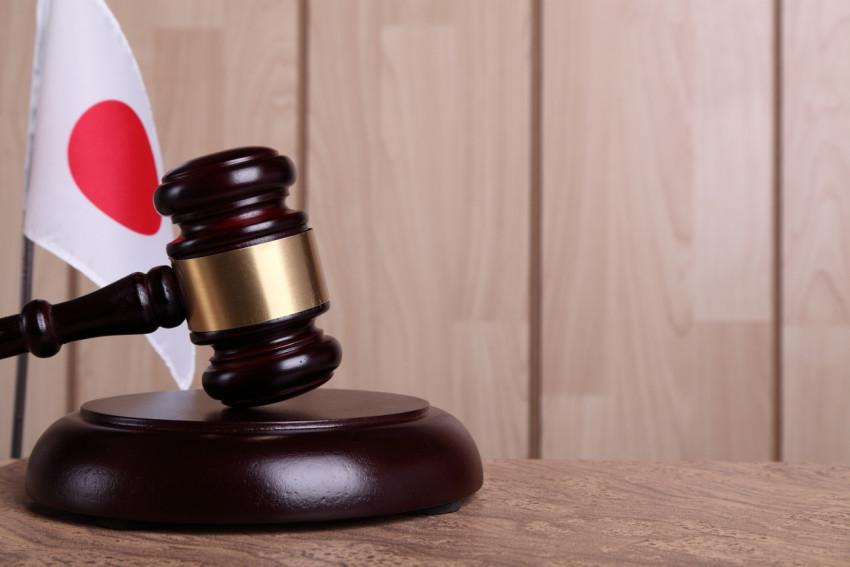
In a conversation over lunch with accomplished lawyers last week, the dish — figuratively — on the table was on the proliferation of generative artificial intelligence (AI) in lawyering. Ideas were exchanged about how AI became a powerhouse productivity tool, but the lack of human expertise and empathy or the human touch, so to speak, was beyond the prowess of automation. Coincidentally, at the 20th National Convention of Lawyers of the Integrated Bar of the Philippines (IBP) last Thursday, Jan.
30, 2025, President Ferdinand R. Marcos Jr. urged lawyers to protect the rule of law in light of the modern challenges in the profession, such as cybercrime, data privacy and AI.

He highlighted the role of lawyers standing at the forefront in this era of technological advancement. The system of AI continues to astound. It can generate accurate and coherent responses to just about any question.
It is likewise able to craft images and videos at a level that, for many, seems human-made. Deleterious is the fact of the reliability of people on AI in this era of disinformation where deep-fakes of audio and other media which are designed to look real but are actually manipulated. Not to be barred from mention is the effect by which the adoption of AI in business processes, such as that in the legal profession, has been posited to substitute labor in a series of tasks.
It is not surprising that more and more workers are displaced and put off the labor market, as AI systems have become human-competitive to say the least. These AI generative systems use deep-learning frameworks and algorithms that create something out of data samples in which they were given or trained with. These data that helped “train” the AI systems were borne from a copyrighted author or artist’s hard work, obtusely used now for profit and content for others — a salient violation of copyright and labor laws.
Our copyright laws (Republic Act 8293) do not acknowledge non-human authorship. Hence, the creator of an AI system can claim authorship over its outputs only if there was significant human intervention in the creation process. In like manner, the Constitution provides that “the State shall protect the rights of workers and promote their welfare,” as labor has been affirmed as a primary social economic workforce.
In the legal workforce, AI systems bring about automation that has wrestled the delivery of legal services. Websites and software such as CDAsia, Lex Libris, Jur.ph and Anycase.
ai, among others, have allowed lawyers and law students to spend less time doing legal research. There is less demand for legal researchers and paralegals, as the AI could even now document-review and analyze for flags to a client’s case. Similarly, a mere preprogrammed command on AI systems search bar can now automate drafted legal papers, thus providing more efficiency for lawyers.
While these aid the lawyer’s work, he or she still has the burden of verifying the information, coupled with the breadth and expertise of doing the manual work of attending meetings and hearings, arguing in a persuasive manner in court, conducting due diligence in case build-up, interviewing witnesses and filing pleadings, among others. While artificial intelligence is here to stay, it is not subject to the same creative and social intelligence of humans. I believe that proper regulation of AI and its integration in our laws are implemented which will articulate its limits, AI can easily complement that of the labor market, especially that of lawyers.
As Chief Justice Alexander Gesmundo pointed out, “...
for as long as adjudication involves a process of human reasoning in the application and interpretation of the law, the legal profession will never fade into the virtual future.”.















